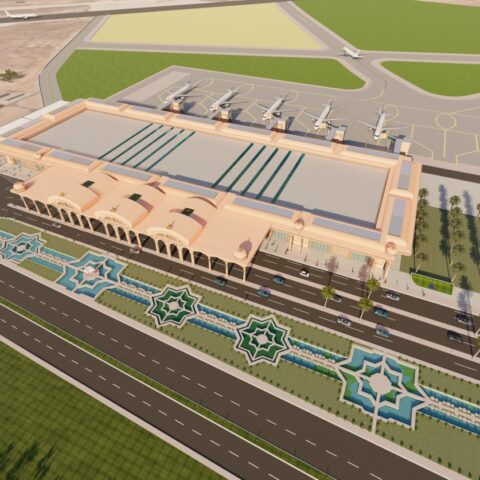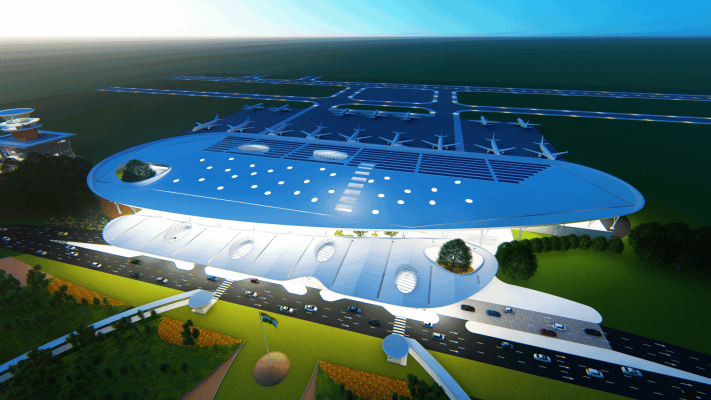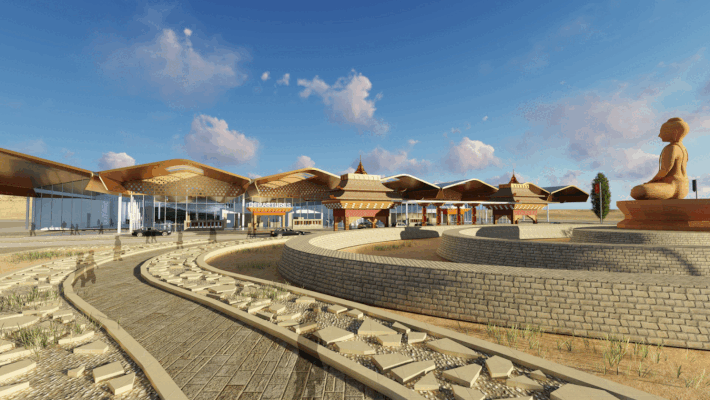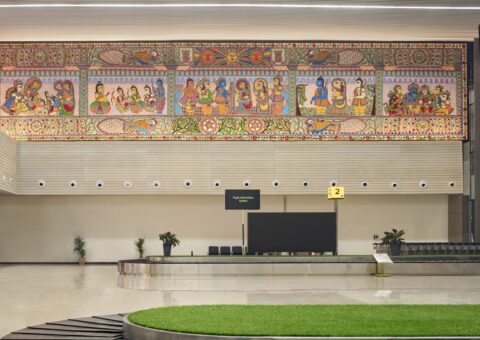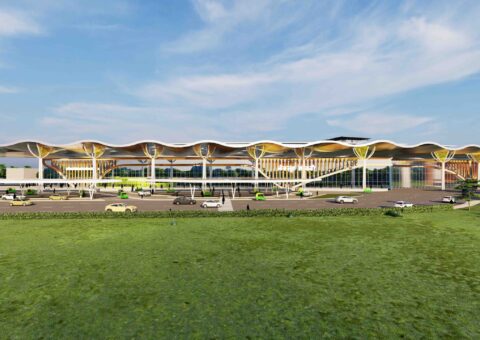The Impact of Airports in Tier 2 Cities
In the grand scheme of a nation's progress, airports in Tier 2 cities have emerged as transformative agents, playing a pivotal role in reshaping economic landscapes and fostering regional development. As India surges ahead on the global stage, the significance of these aviation hubs extends far beyond mere transportation nodes. Airports in Tier 2 cities have emerged as powerful catalysts for transformative change, reshaping these regions' physical landscape and socio-economic fabric. Their impact extends beyond mere transportation hubs, pivotal in enhancing the overall quality of life and driving economic growth.
Economic Stimulus:
Tier 2 cities, often overlooked in the shadow of their metropolitan counterparts, experience a surge in economic activity when equipped with a well-functioning airport. Enhanced connectivity attracts businesses and investments and opens up new avenues for trade and tourism. The establishment of airports also results in an increase in the number of skilled jobs, providing employment opportunities for residents and attracting talent from other cities. This not only boosts the local economy but also enhances the skill level of the workforce. For example, The Ayodhya Airport, situated in the historical city of Ayodhya, is a pertinent example. With projections of creating thousands of new jobs annually, the airport contributes significantly to local employment, fostering economic self-sufficiency.
Tourism and Cultural Promotion:
Airports in Tier 2 cities become gateways to unexplored cultural treasures and historical landmarks. The Ayodhya Airport, designed as an icon reflecting the city's rich cultural heritage, is poised to become a pilgrimage centre of global significance. Beyond its functional role, the airport incorporates artwork depicting the story of Lord Ram, offering passengers a cultural immersion that goes beyond the mundane travel experience.
Infrastructure Development:
Establishing airports in Tier 2 cities necessitates comprehensive infrastructural development, ranging from upgraded road networks to improved public amenities. This enhances the overall connectivity within the city and positions it as an attractive destination for businesses looking to expand. With its planned 150 departures and 150 arrivals passenger capacity, the Ayodhya Airport redefines airport planning to cater to unprecedented growth, setting a benchmark for future infrastructural endeavours.
Connectivity and Accessibility:
Airports are lifelines, connecting Tier 2 cities to national and international destinations. T
One of the most significant impacts of airports in Tier 2 cities is the growth in city infrastructure. The presence of an airport often leads to the development of new roads, highways, and public transportation systems, improving connectivity and accessibility within the city. This connectivity facilitates travel and establishes the city as a commerce, education, and healthcare hub. Additionally, airports serve as knowledge-sharing platforms, hosting conferences, seminars, and exhibitions that benefit the local community and visitors. This exchange of ideas contributes to the city's intellectual and cultural enrichment. Connectivity to Tier 1 cities and global destinations is another significant impact of airports in Tier 2 cities. Improved air connectivity attracts businesses, investors, and tourists, boosting economic growth and cultural exchange.
Urban Planning and Real Estate Boom:
The presence of an airport often triggers a real estate boom, transforming the urban landscape of Tier 2 cities. The demand for residential and commercial spaces surges as accessibility improves, leading to a spurt in construction activities. With The Ayodhya Airport the historic city showcases how airports can be catalysts for holistic community development. Moreover, airports instil a sense of pride among the people as they become associated with the urban infrastructure that symbolises progress and development. This pride contributes to the city's overall sense of community and identity. Furthermore, airports promote the local context and history of the city, attracting visitors who contribute to the local economy. They also help promote local industries by providing them access to Tier 1 and global markets. For example, local craftsmen and agricultural producers can now transport their goods to faraway places quickly, boosting their confidence and economic prospects.
Social Solutions:
While airports' impact on Tier 2 cities is overwhelmingly positive, challenges do exist. Striking a balance between economic development and environmental sustainability is crucial. Overall, the growth in economic income of the people of Tier 2 cities leads to a better quality of life. It also creates two-way traction, attracting better skills from faraway places and sending skilled individuals to contribute to other cities' development. Airports are crucial in putting Tier 2 cities on the global map, making them attractive destinations for business, tourism, and investment. They are not just transportation hubs but also engines of growth and development, shaping the future of these cities and their residents.
The impact of airports in Tier 2 cities transcends the conventional realms of transportation. These aviation hubs are transformative agents, stimulating economic growth, fostering cultural exchange, and redefining urban landscapes. As India continues its growth trajectory, the strategic development of airports in Tier 2 cities will undoubtedly play a pivotal role in shaping the nation's future.
